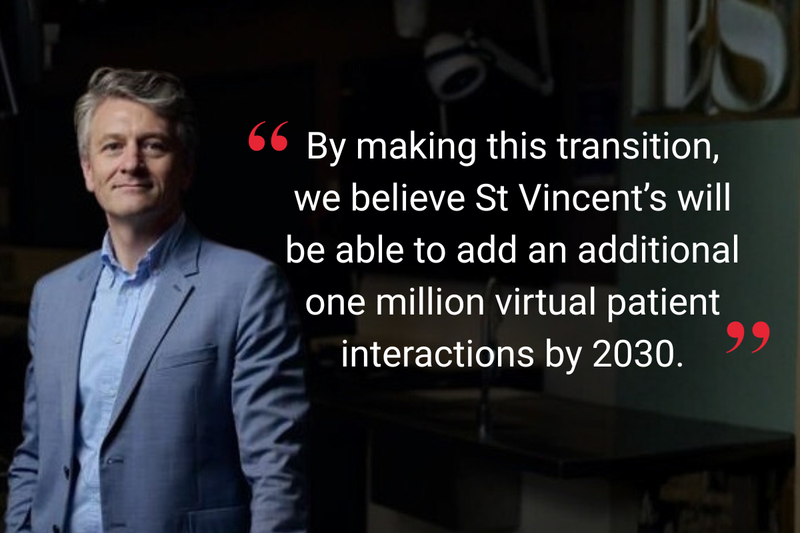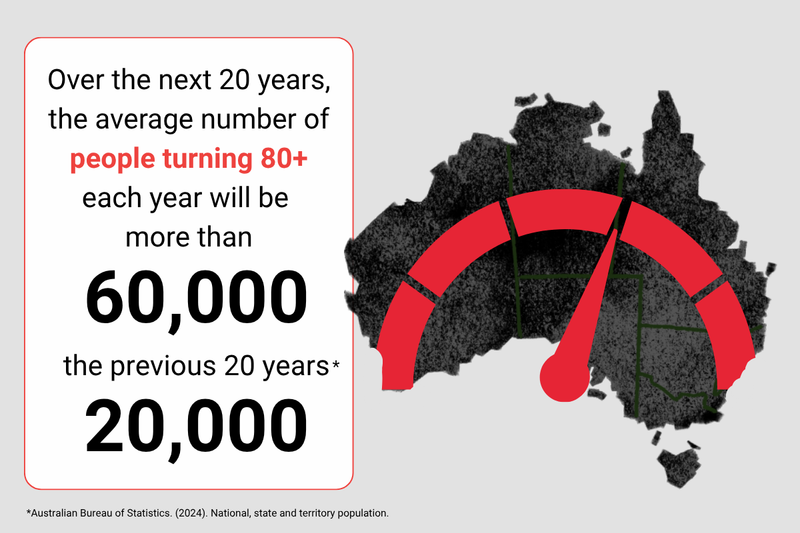Australia’s running out of aged care beds – and out of time

Colliers’ new Residential Aged Care Market Report confirms what everyone in the sector has felt in their bones: Australia’s aged care system is on a collision course.
The headline figure – 800 new residential places in 2024-25 – was already pitiable. Once Boxwell & Co corrected the Department’s data, the real number was just 578. Against demand for more than 9,000 additional residents, that’s barely a rounding error.
Occupancy now sits at 94.4%, with Colliers projecting “theoretical” 100% by FY28. In reality, once you factor in beds offline for refurbishment or infection control, we’ll hit effective full capacity within the next 12 months. Some regions are already there.
An 18,000-bed shortfall by FY30 isn’t a forecast – it’s an inevitability.
Colliers lays out five smart fixes – lift the Accommodation Supplement now, allow 4% annual RAD retention, simplify HELF, reinstate payroll tax supplements, and embed care margins in AN-ACC. All good ideas. None will move the needle fast enough.
It still takes four to five years to build a home, and as Tom Symondson noted this week, we’d need 10,000 new beds a year for two decades to keep up – at a cost of $5-$7 billion annually.
Government knows we’re running out of road.
In his CEDA address this week, Aged Care Minister Sam Rae admitted aged care can’t be solved in isolation:
“We must explore new models of care and accommodation, and link aged care to the broader national conversation about housing.”

He also leaned hard into prevention – a theme that should echo across every serious reform discussion.
That’s where Plan T – Transformation comes in.
If aged care’s old model was built to fail – choked by regulation, red tape and risk-averse funding – then Plan T is the circuit breaker.
As Australian Unity’s Emma Cornwell also argued this week, we can’t build our way out of this crisis in bricks and mortar alone while thousands of older Australians get sicker at home because there’s nowhere else to go.
Home care and retirement villages must be treated as core health infrastructure – preventing hospital admissions, taking direct discharge, and keeping people well in their communities.
Accommodation reform still matters – but it will take time and money we don’t have. The only real solution is transformation. And that’s what Plan T offers: a blueprint to make aged care investable, integrated and sustainable.
Because tinkering at the edges won’t fix this system – only rebuilding it will.






